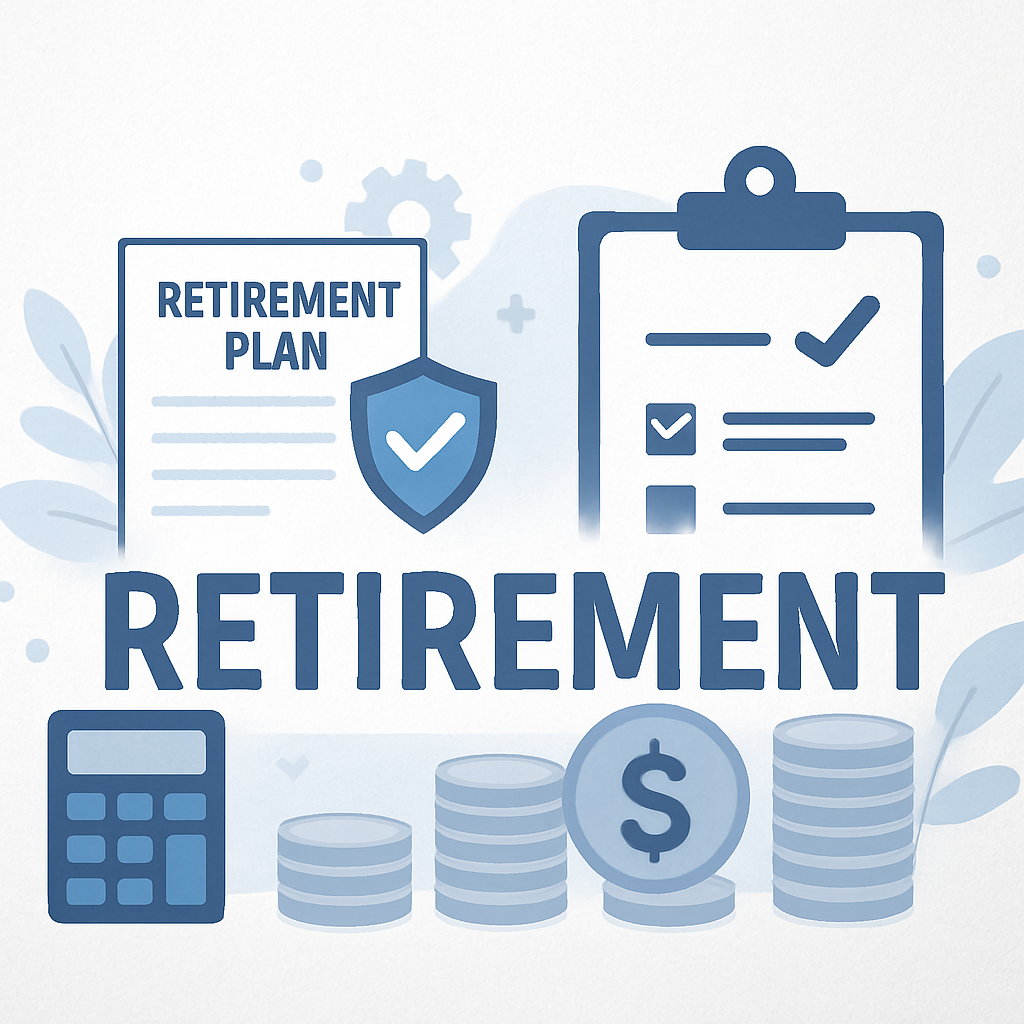November 10, 2025

Subscribe to updates
Get the latest posts delivered to your inbox.

The Secure 2.0 Act of 2022, signed into law on December 29, 2022, expands and includes extensive legislation providing employers with opportunities to increase retirement readiness for their employees and empowers employees to build a stronger financial future for themselves.
For tax years 2024 through 2027, retirement plans will be subject to new requirements that modify contribution, plan eligibility, and statement requirements. OneHCM has and is rolling out support for many provisions of Secure 2.0 Act, both mandatory and optional, beginning with the 2024 catch-up contribution requirements.
Long-Term Part-Time (LTPT) employees working at least 500 hours per year for three years must be able to make employee contributions to retirement plans.
Automatic enrollment in plans adopted after December 29, 2022 *Mandatory
Increased catch-up contributions for employees age 60 to 63.
Long-Term Part-Time (LTPT) employees working at least 500 hours per year for two years must be able to make employee contributions to retirement plans.*Mandatory
Catch-up contributions for high-income employees age 50 and over, must be made as after-tax Roth contributions.
Quarterly paper benefits statements must be provided at least once a year for qualified retirement plans, or once every three years for defined benefit plans.
Saver's Match program provides up to $2,000 a year in federal matching contributions, up to 50% of the employee's contributions, for lower-income employees.
Here are some of the actions you can take to prepare for the upcoming changes introduced by the Secure 2.0 Act.
Assess impacts — Begin to assess the impact of the changes required by SECURE 2.0 Act on your retirement plans.
Review optional provisions — Determine which optional provisions of the SECURE 2.0 Act you may want to incorporate into your plans and address internal operational compliance for these provisions.
Get professional counsel — Once the above assessments are completed, begin to consult with your legal counsel and/or plan administrators on the timing of plan amendments, given that the Department of the Treasury may issue additional guidance.
Create a communications plan — Consider the timing and content of employee communications and updates needed to your summary plan descriptions.
IRS announces administrative transition period for new Roth catch up requirement; catch-up contributions still permitted after 2023.
Guidance on Section 603 of the SECURE 2.0 Act with Respect to Catch-Up Contributions.
Guidance on Section 305 of the SECURE 2.0 Act of 2022 with Respect to Expansion of the Employee Plans Compliance Resolution System
Title I - Expanding Coverage and Increasing Retirement Savings
Get the latest posts delivered to your inbox.